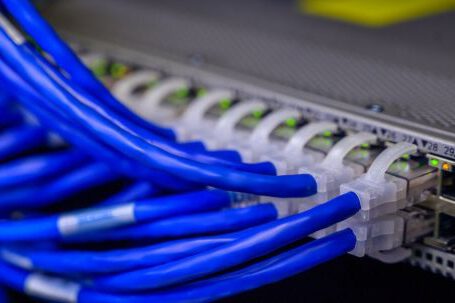Assessing Your Security Needs
The first step in designing a secure authentication system is to assess your organization’s security needs. Every organization is different, so the needs may vary significantly. Consider what kind of data you are protecting and how often it is accessed. You should also consider who will be accessing the data, what type of authentication system is needed, and any other security concerns. Once you have identified your security needs, you can begin implementing a secure authentication system.
Implementing Multi-Factor Authentication
One of the most effective ways to secure authentication systems is to implement multi-factor authentication. With this system, users have to provide multiple forms of authentication in order to access their account. This could include a combination of a username and password, a one-time password, or a biometric factor such as a fingerprint or facial recognition. Having multiple authentication factors makes it much more difficult for hackers to gain access to your data.
Evaluating and Strengthening Passwords
When it comes to designing a secure authentication system, passwords are one of the most important components. Weak passwords are one of the easiest ways for hackers to gain access to your data. To ensure passwords are secure, consider implementing a password policy that requires users to create strong passwords with a combination of letters, numbers, and symbols. You should also consider implementing a password rotation policy, which requires users to change their passwords periodically.
Utilizing Security Protocols
In addition to multi-factor authentication and strong passwords, you should also consider utilizing security protocols such as two-factor authentication, token authentication, and encryption. Two-factor authentication requires users to provide two forms of authentication to access their account. Token authentication requires users to enter a unique token that is sent to their devices. Encryption is used to protect data while it is being transferred or stored. All of these protocols can help protect your data and prevent unauthorized access.
Designing a secure authentication system is essential for protecting sensitive data. By assessing your security needs, implementing multi-factor authentication, evaluating and strengthening passwords, and utilizing security protocols, you can ensure your data is protected. A secure authentication system is essential for any organization that needs to protect its data and its users.





